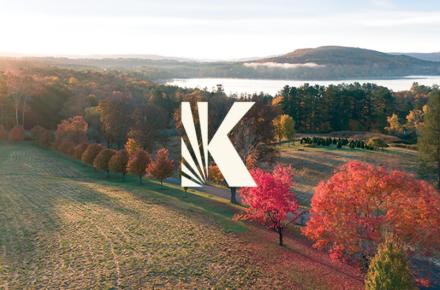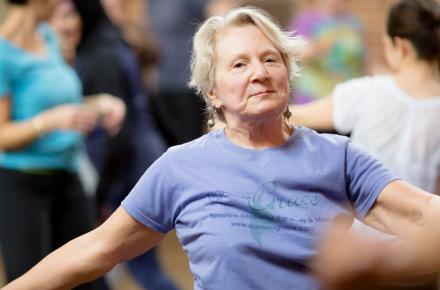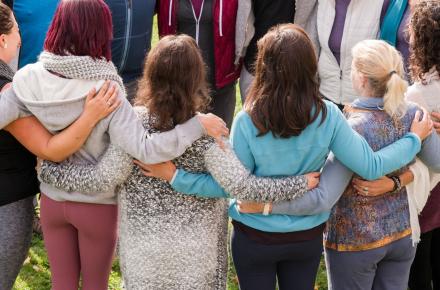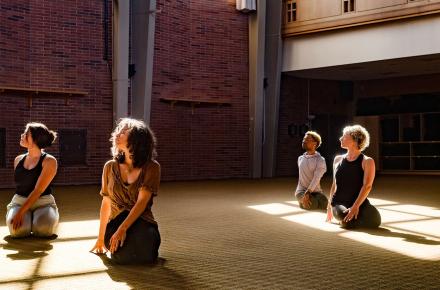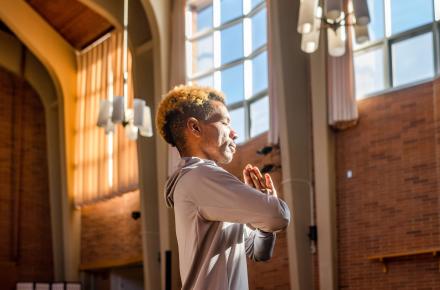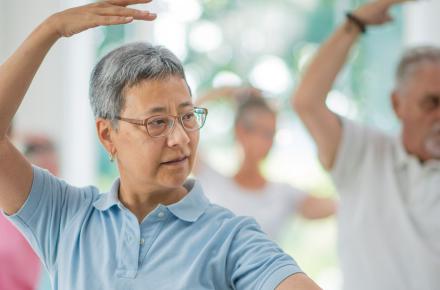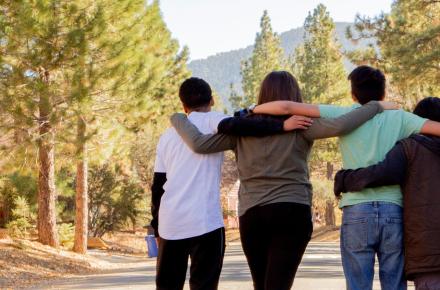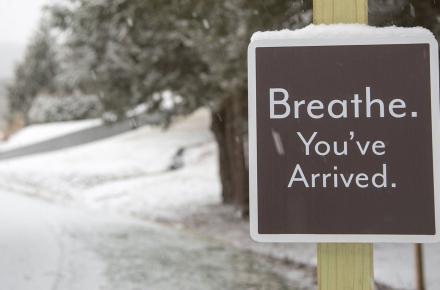Western Medicine Versus Shamanic Healing

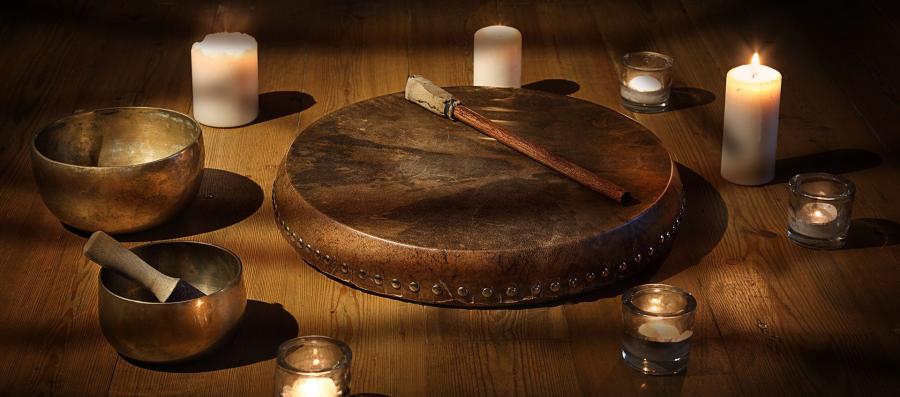
According to National Institutes of Health research, 40 percent of Americans (about 120 million) are regularly using complementary alternative medicine today. They are looking for other options. Searching for healing methods that better support their lifestyles and belief systems to heal not just the body but the mind and the spirit as well.
A few years ago, by complete chance, I discovered, by standing in front of an ionizing machine (an alternative healing method) that I had three large cancerous tumors sitting on top of my thyroid. This explained why my voice had become hoarse and why I had two Adam’s apples in my neck. I was shocked and desperate. Why me? Why now? What had I done to deserve this? I battled with myself perpetually: Should I resort to shamanic methods and ask my teachers to heal me, or should I go the allopathic route? I strongly believed that I had to walk the walk and be an example to my clients. But my shamanic teachers unequivocally recommended that I immediately undergo surgery and have the tumors removed. And so I did, and I am grateful for my competent surgeon and his latest technology. But it was the shamanic healing ceremony I received prior to the surgery that gave me the emotional peace of mind to go through the procedure and helped me recover faster. Ironically, the cancer I had was caused by external radiation treatment I went through many years ago to cure small acne on my nose.
If a doctor or healer takes into consideration a patient’s emotional state and cultural and spiritual beliefs, the patient will most likely experience less stress and resistance and will be more ready to accept treatment, thus increasing the chances for a more complete recovery. I have shared this belief with many medical doctors and psychologists who themselves have come to me for treatments and have recommended shamanic healing to their clients.
Today, with new awareness, many doctors and medical facilities are offering what we call alternative modalities on their premises, such as Reiki, reflexology, acupuncture, and more, or recommend it to their clients.
Thus the new term integrative medicine has emerged, which takes into account the whole client, his or her lifestyle, belief system, mind, body, and spirit.
I know of other shamans who will recommend their clients to see a doctor or have a surgery done. I do hope that soon shamanic healing will be offered in the hospitals as one of their treatment options and will someday be covered by health insurance.
For instance, Ipupiara, a Brazilian shaman, was asked to perform his tradition of shamanic healing ceremonies in a Washington DC cancer hospital. He reported enthusiastically that the bodies of the people he worked on responded better to chemotherapy and recovered faster than those who did not receive his treatment. “Calming and balancing the physical and emotional bodies creates less opposition for the medicine, which allows it to work better,” he told me.
I myself have had the privilege of holding healing ceremonies for my clients in hospitals where they were receiving treatment or even in hospice care, always in agreement with the care staff. Sometimes the family was present to witness the ceremony. I could see the positive results immediately.
When I performed a cleansing ceremony for my dying friend Joyce while she lay in her hospital bed, she later felt so relaxed that she did not need the morphine she was using until the next morning. Her mood changed, and the anger and fear she was consumed by were replaced by genuine acceptance of her final journey. It was a gift for her and her anxious family.
Just a few hours before another client’s major liver transplant surgery in a prestigious hospital in Manhattan, as the head of the ICU department watched the door, I performed a cleansing ceremony for her. This young woman was obviously anxious and in deep panic, as there was a good chance her body would reject the new organ and the surgery would fail. I needed her help, so I suggested we simultaneously connect to our spirit guides during the ceremony. I asked her to connect to her power animal and ask it to bring her to meet the power of Imbabura Mountain, a volcanic mountain in Ecuador, and embody his strength and grounding into her weakening body. At the same time, in the spirit world, I quickly connected to an indigenous island woman whom I had discovered a few days earlier in a separate vision requested by my client’s mother, and the details of which were confirmed by my client. Standing at the entrance of a small house by a small hotel, protected by the early evening darkness and the surrounding trees, this indigenous woman had cursed my client, who had just arrived in Bali with a friend. That curse, spirit said, had brought this horrible liver failure on her quite immediately.
I pleaded with the long-dark-haired, angry, short woman to release this young girl who laid here in the hospital bed from her horrible curse. She did not relent easily, but I begged her, telling her that my client was the only child of loving parents—just like her own daughter—and that she meant the whole world to them. The girl could not be blamed for the woman’s marital and economic troubles, caused, as she believed, by Western visitors to the island.
After a while, I could see her anger cracking and transforming into compassion. She apologized for her misdirected anger. I commended her on her great magical power and asked her to use it for my client’s benefit by sending good healing energy to her before the upcoming operation. I watched that woman making her prayers, moving her hands up and down and forward, far away in Bali, and then she disappeared.
At the end of the ceremony I blew my ocarina close to my client’s resting head and she opened her eyes and smiled. “I feel calm and ready for the operation. I’m going to take the mountain with me,” she said. I shared with her my exchange vision with that native woman she knew. “Thank you. I needed that,” she smiled. The operation was a success.
Contrary to some people’s beliefs, shamanic healing or shamanism is not a spiritual practice in itself. It is a very result-oriented system that uses many tools to induce positive changes in a person’s life. One of the tools used is working directly with spirits. And believe me, if a shaman sees that one tool he uses won’t do the job, he will exchange it in favor of one that does. A shaman’s reputation solely depends on the actual results of his healing work.
Maybe the difference between these two systems can be described in this way: like a gardener, Western medicine attempts to clear the weeds from the garden by spraying chemicals or nipping the leaves and stems above the surface. The shamanic healer, by contrast, searches for the emotional and spiritual roots of the illness and pulls them out from the ground.
Poor health, disease, dysfunction, and depression are signs that the client is out of alignment. That explains the experience of many clients of mine who report, after shamanic ceremonial healing sessions, unexpected positive results, such as better, more restful sleep, clearer thinking, feeling more grounded, and improved digestion. They also report being able to stop smoking, find they no longer get migraine headaches, and so much more.
Find out about programs with Itzhak Beery.
This article is excerpted from Shamanic Healing: Traditional Medicine for the Modern World, by Itzhak Beery, published by InnerTraditions.com.

















